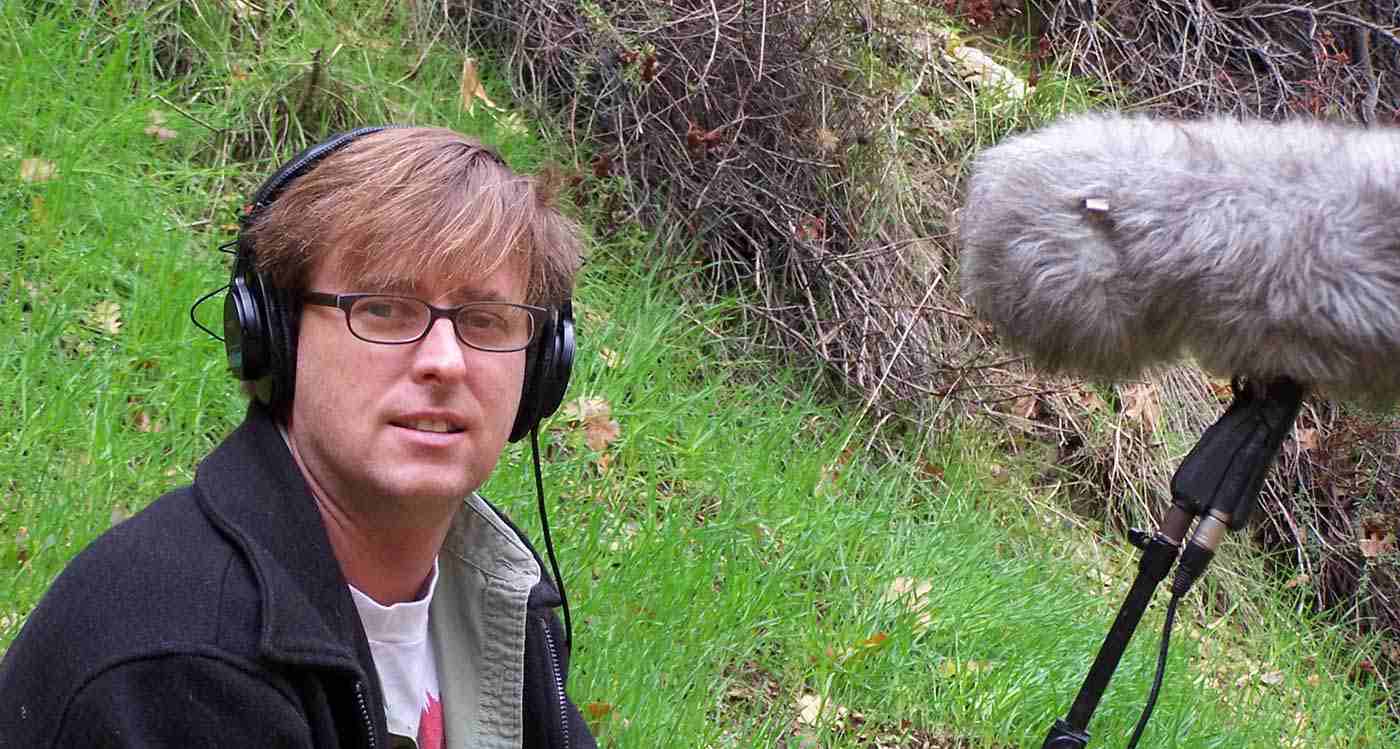Charles Maynes: Mastering the Art of Audio Restoration with Sonnox Plug-ins
Charles Maynes is living the dream, working on blockbuster Hollywood films, smash-hit video games, and winning awards for his contributions. As a sound designer, recordist, and musician, Maynes has been at the forefront of digital audio for over 20 years. We caught up with him to discuss his journey, his work, and how Sonnox Oxford plug-ins play a crucial role in his audio restoration process.

Navigating a Career in Sound Design
Can you tell us what you do for a living?
I’m a sound designer and recordist for feature films and video games, but I’m also a recording and performing musician. Most of my work involves feature films, including Twister and U-571, which was the first film I worked on that won the Academy Award for Best Sound Editing. Another notable project was Starship Troopers, my first film focusing on weapons sounds—a niche I seem to be known for lately.
How did you get started in this field?
I’ve been in this profession for about 15 years, coming from a music background. My journey into digital audio began in the 80s with digital sampling, and I was an early adopter of the Emulator II keyboard sampler. Back then, being involved with such technology opened doors and introduced me to people I wouldn’t have met otherwise.
How did you transition from music to recording weapons and sound design for films?
The transition was professionally driven. I used the Emulator on my first film back in the early 80s when multitrack tape recorders with time code were still new technology. It was nothing like today’s DAWs with visual waveforms and non-linear editing. My path through digital audio led me to work for Digidesign before Pro Tools existed, and the connections I made there helped me move into film sound.
The Role of Audio Restoration in Film and Game Sound
Is there a lot of audio restoration involved in your work?
Generally, everything recorded on set is edited for content but not always treated for noise reduction. However, there are times when unwanted sounds need to be removed, like faulty mic leads causing hum or ambient noises like wind. For example, during a weapons shoot for Flags of Our Fathers, we recorded some great material with an Akai disc recorder, but it had an unexplained AC hum, despite running on battery. I used the Sonnox Oxford Restore Suite, which performed excellently in cleaning up that noise. The suite’s broadband noise reduction is often more precise and gentler than using general expanders, which I rely on frequently.
What do you find most useful about the Restore Suite?
The quality is outstanding. I particularly appreciate the hum removal tool—the DeBuzzer works quickly and effectively with minimal fuss. The DeClicker is equally efficient. I’m currently transferring old DAT recordings into Pro Tools, many of which have digital dropouts that show up as pops. The DeClicker handles these effortlessly; it’s often just a matter of loading the plug-in, hitting play, and it’s perfect.
I particularly appreciate the hum removal tool—the DeBuzzer works quickly and effectively with minimal fuss.
Many other tools require a lot more fine-tuning without necessarily delivering better results. In terms of saving time, nothing beats the efficiency of the DeClicker and DeBuzzer. The broadband noise reduction is also excellent, though a bit more delicate depending on the specifics. I have various tricks, like pre-EQ’ing, to get it to work better in certain scenarios, and it consistently delivers great results.
The Value of Visual Feedback in Audio Restoration
Do you find that visual feedback speeds up your workflow?
Absolutely, visual feedback is a huge time-saver. Being able to see issues like a rumble at 40Hz allows me to quickly set a filter and move on. Restoration is quite subjective, and tools like the Oxford EQ are great for rumble removal. The high-pass filter’s depth settings are intuitive, making the process fast and immediate so I can tackle the next challenge.
The quality of Sonnox plug-ins across the board is outstanding. For much of my work, the goal is to make sounds appear natural rather than enhanced, and the Oxfords allow me to do that without degrading the audio quality. They’re a key part of my toolkit for achieving the pristine sound required in film and game production.
